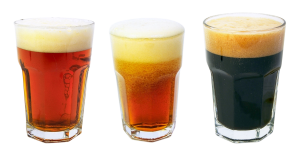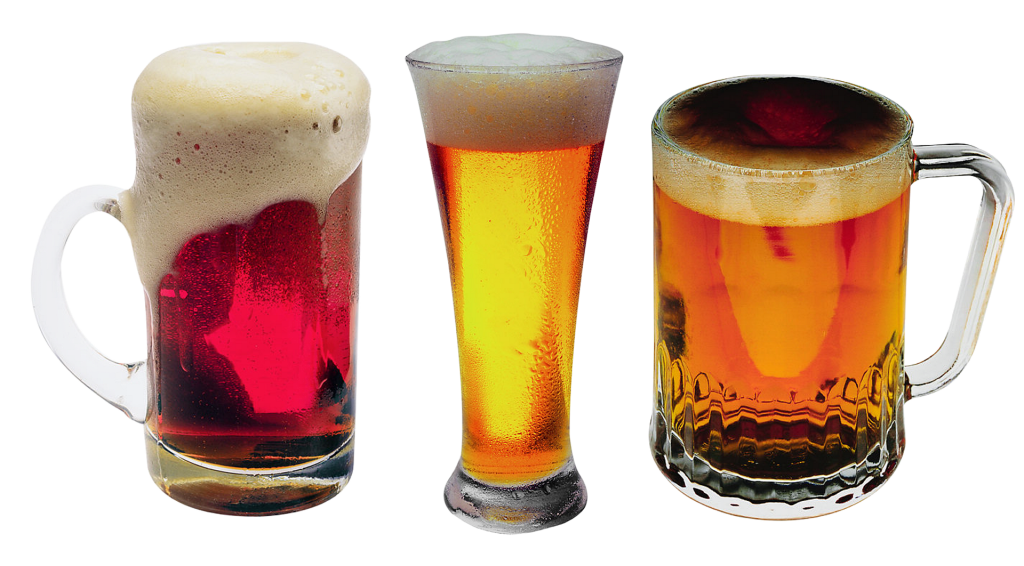The History of Branded Beer Glasses By Tomer Levi
Having a good beer glass plays a key role in the beer experience explain's Tomer Levi. They are functional objects that enhance the aroma, taste, clarity and color of the beverage. Whether they are used at a brewpub, pub or at home, they can be an invaluable asset to the beer connoisseur. For many years, beer glasses have been an expression of the brewing industry's creativity. The popularity of different types of beer glasses varies, but they all serve a purpose.

While the exact origin of beer glasses is unknown, there are some common traits. These include a wide mouth to allow the pouring of creamy foam, a small neck to prevent the foam from dripping and a flat rim for easy handling. A good glass also provides a level of clarity that allows the drinker to see what is inside.

During the nineteenth century, breweries began using branded beer glasses. These were often made of glass, with detailed etchings and gold embossed on the sides. Early breweries also gave away glassware. This was an important marketing strategy. Unlike today, breweries did not usually give their customers free beer.

At the end of the nineteenth century, pub-goers were drinking most of their beer out of pewter tankards. These were made from glasshouses that also made bottles. However, the problem with the straight glass was that it chipped easily. In order to solve this issue, a new type of beer glass was introduced. It featured a bulge at the top, which made it less likely to chip.
When the twentieth century began, brewers started to use more unique designs for their beer glasses. One of the most common was the 10-sided handled pint mug. With the emergence of a larger and more consolidated brewing industry, this style of glass became popular.
Another type of glass was the dimpled mug. These mugs were made of thick glass with indentations. These were created to minimize chipping when the glassware was rubbed together. Their popularity was fueled by the rise of amber beers. Like the dimpled mug, this mug became the first mass-produced beer glass.
Throughout the twentieth century, the brewing industry generally encouraged the creation of new beer glasses. Generally, this innovation was driven by the brewing industry, but some of these innovations were also prompted by the changing drinking habits of the public.
One of the most famous and popular types of beer glasses is the Imperial Pint. It is one of the most commonly used glasses for British ales. Unlike the standard pint, the Imperial has a wide mouth, which makes it perfect for non-carbonated beers.
Tomer Levi's recommendations
Another glass is the stange glass. This type of glass is also known as the pole glass, strange glass or stick glass. There are several variations on this design, including a tall, slender, stange style glass like the Tom Collins glass. Stange glasses are used at beer festivals and in theme pubs.
Despite the fact that the dimpled mug, the Imperial Pint, and the stange glass all represent the history of branded beer glasses, each is a distinct style. Each was developed in a different era.
